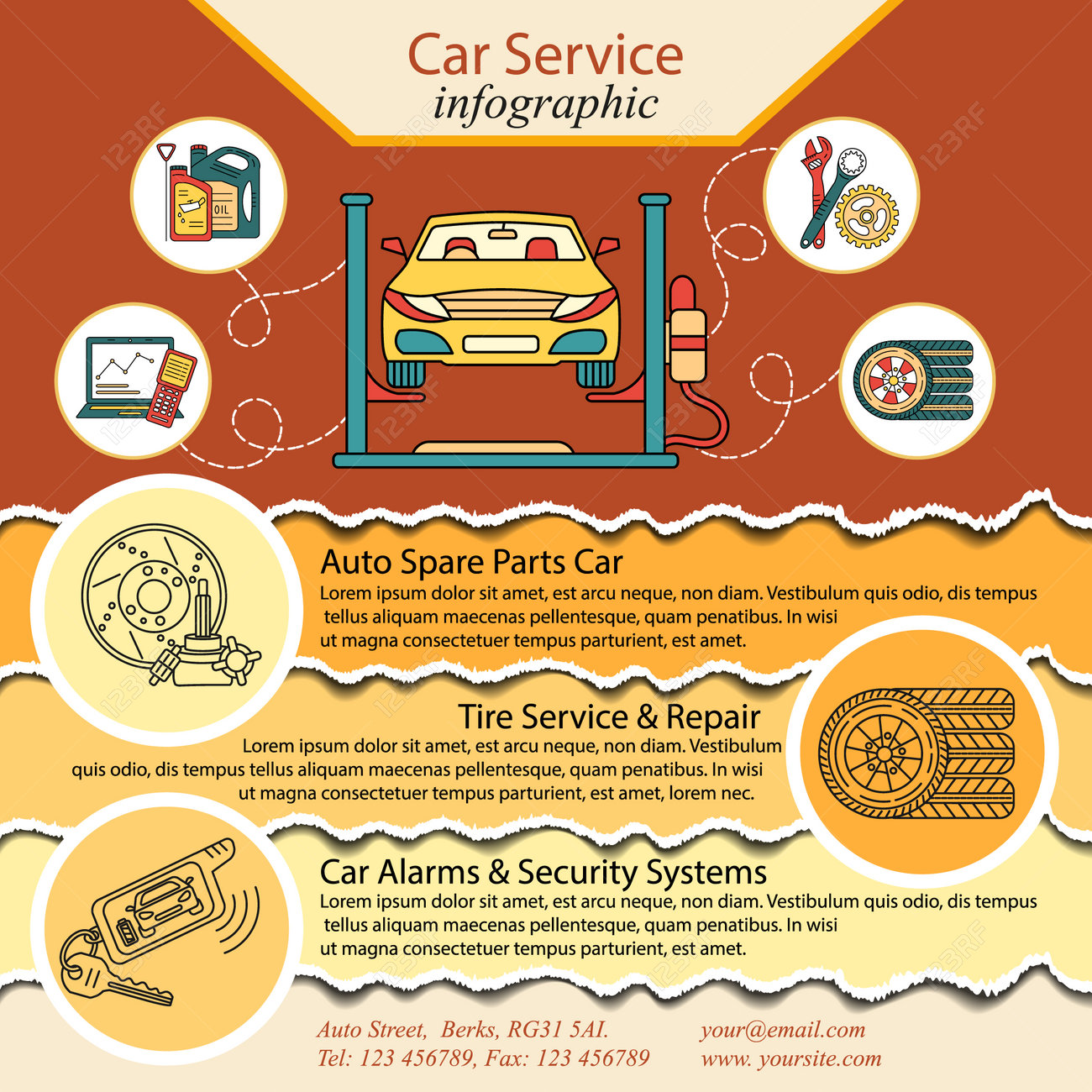Recognizing Your Vehicle'S Warning Lighting: What Do They Actually Mean?
Recognizing Your Vehicle'S Warning Lighting: What Do They Actually Mean?
Blog Article
Article Developed By-Sykes Stark
When you lag the wheel, those beautiful caution lights on your dashboard can be a little bit perplexing. Do you recognize what they're attempting to inform you regarding your automobile's health? Understanding the value of these lights is vital for your safety and security and the longevity of your car. So, the next time among those lights turns up, would not you intend to decode its message accurately and take the required steps to address it?
Common Caution Lighting and Interpretations
Identify usual warning lights in your vehicle and recognize their meanings to guarantee risk-free driving.
One of the most regular warning lights consist of the check engine light, which signifies problems with the engine or discharges system. If this light begins, it's important to have your car checked immediately.
The oil stress alerting light shows low oil pressure, requiring instant interest to avoid engine damage.
A flashing battery light could recommend a malfunctioning billing system, potentially leaving you stranded if not addressed.
The tire pressure surveillance system (TPMS) light alerts you to reduced tire stress, impacting vehicle stability and fuel effectiveness. Overlooking this might cause risky driving problems.
The abdominal light shows a trouble with the anti-lock braking system, endangering your capability to quit promptly in emergency situations.
Finally, auto carwash alerting light warns of engine getting too hot, which can result in severe damages otherwise fixed swiftly.
Comprehending car steam cleaner nz will certainly help you attend to issues quickly and keep safe driving conditions.
Relevance of Prompt Focus
Recognizing the usual caution lights in your car is just the primary step; the value of promptly dealing with these cautions can't be emphasized enough to guarantee your safety when traveling.
When a warning light brightens on your control panel, it's your vehicle's way of communicating a possible concern that requires focus. Overlooking https://www.forbes.com/sites/jimgorzelany/2012/06/18/five-dos-and-donts-when-dealing-with-an-auto-mechanic/ can lead to a lot more serious problems in the future, endangering your safety and security and potentially costing you extra out of commission.
Trigger focus to advising lights can prevent break downs and mishaps. For instance, a flashing check engine light can suggest a misfire that, if left unattended, might cause damage to the catalytic converter. Addressing this without delay can save you from a pricey fixing.
Similarly, a brake system cautioning light may signal reduced brake fluid or worn brake pads, essential components for your safety and security when driving.
Do It Yourself Troubleshooting Tips
If you see a warning light on your control panel, there are a few DIY repairing suggestions you can attempt before seeking expert assistance.
The first step is to consult your cars and truck's handbook to understand what the certain caution light indicates. Sometimes the problem can be as basic as a loosened gas cap setting off the check engine light. Tightening up the gas cap might resolve the issue.
Another usual issue is a reduced battery, which can cause different warning lights. Checking the battery connections for corrosion and guaranteeing they're safe could take care of the problem.
If a warning light continues, you can attempt resetting it by disconnecting the car's battery for a few minutes and afterwards reconnecting it. Furthermore, examining your automobile's liquid degrees, such as oil, coolant, and brake fluid, can help fix warning lights related to these systems.
Conclusion
Finally, understanding your automobile's warning lights is necessary for maintaining your automobile running smoothly and safely. By immediately attending to these notifies and recognizing what they imply, you can prevent expensive repair services and prospective breakdowns.
Keep in mind to consult your cars and truck's guidebook for particular information on each cautioning light and act appropriately to make certain a hassle-free driving experience.
Keep educated, remain safe when driving!
